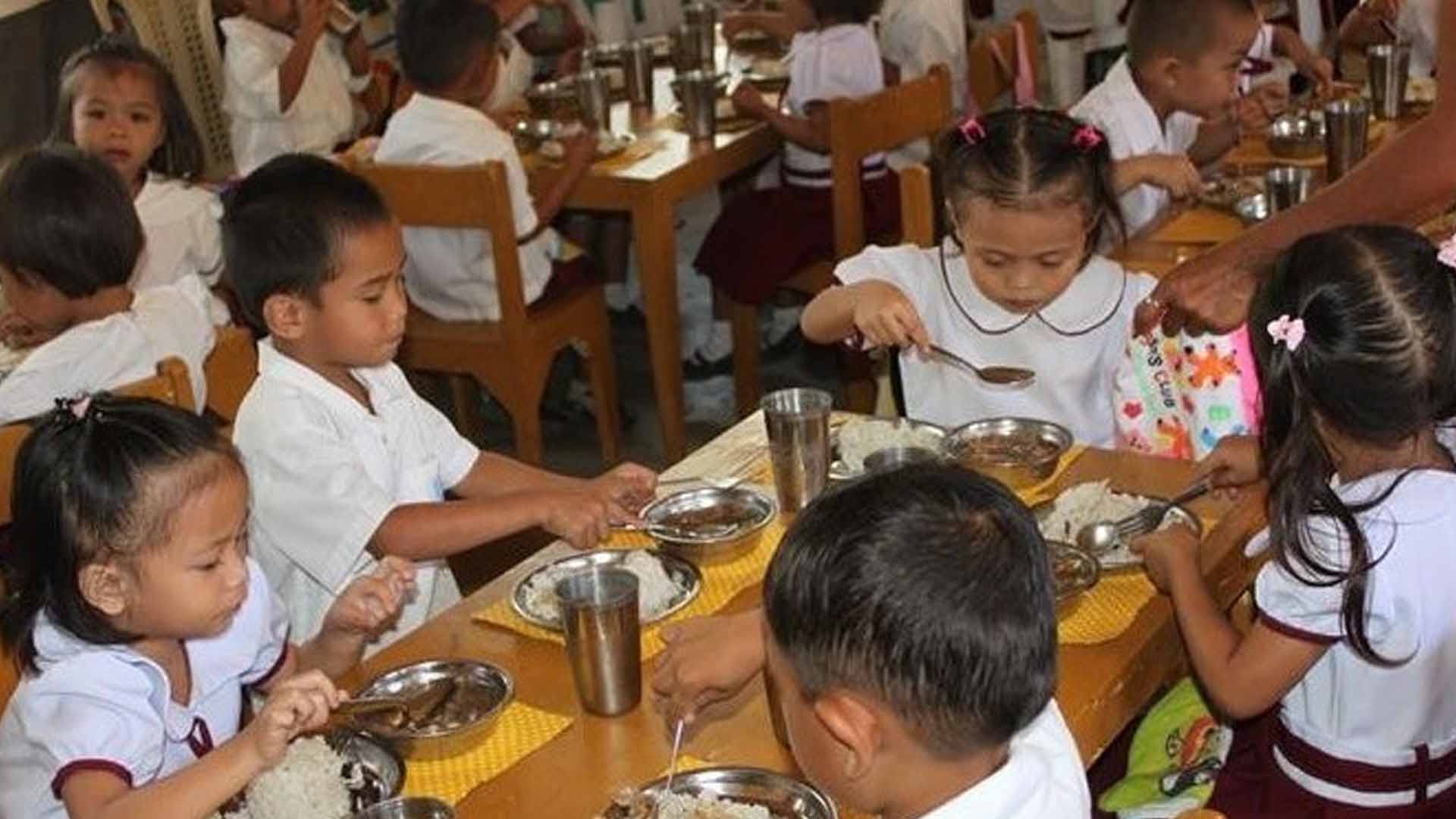The government is set to roll out a PHP5.182-billion supplemental feeding program aimed at providing hot meals to 1.5 million children enrolled in child development centers (CDCs) nationwide, the Department of Social Welfare and Development (DSWD) announced Tuesday.
In a press briefing at Malacañang in Manila, DSWD Secretary Rex Gatchalian said President Ferdinand R. Marcos Jr. wants children enrolled in CDCs to have proper nutrition and food.
The program, targeting young learners in daycare facilities, will serve hot meals daily for 120 days starting this month.
To improve nutritional value, the cost per hot meal has been increased from PHP15 to PHP25.
“This will ensure na sapat iyong nutritional value na natatanggap ng mga kabataan (This will ensure that the children receive sufficient nutritional value),” Gatchalian said.
Undernourished children enrolled in the centers will also receive fresh milk valued at PHP22 per child.
The feeding program follows a fixed meal plan based on the “Pinggang Pinoy” guidelines prescribed by the National Nutrition Council. Food procurement will be handled by local government units.
The Food and Nutrition Research Institute of the Department of Science and Technology developed the visual tool guide “Pinggang Pinoy” to serve as a quick and easy basis for determining how much to eat per meal time in order to be healthy.
To support local livelihoods, the government is also pushing for procurement to benefit small farmers and agricultural cooperatives through community-level sourcing under the Sagip Saka Law.
“Ang instruction ng ating Pangulo… ang nakikinabang ay iyong mga magsasaka rin or iyong mga small agri coops (cooperatives) sa lugar na iyon (The President’s instruction is that farmers and small agri cooperatives in the area should also benefit),” Gatchalian said.
The program is part of the Marcos administration’s broader effort to combat child malnutrition and support local food systems, especially in underserved areas.
Community procurement
Meanwhile, Gatchalian encouraged local government units (LGUs) to utilize the Negotiated Procurement – Community Participation method in implementing the feeding program.
He said the DSWD has no participation in the procurement of raw materials for the child nutrition program, but is a community procurement by LGUs.
“As a general rule, our preferred modality is to download the funds to the LGUs. They themselves conduct the community procurement and we encourage central kitchens or community kitchens in the daycare centers themselves,” he said.
The use of NP-CP, as authorized by the procurement law, allows local communities — including farmers, fisherfolk, and cooperatives — to supply goods to government programs such as the feeding program.
The meals use indigenous and locally sourced ingredients to ensure nutrition while supporting local livelihoods.
In April 2024, President Marcos issued Memorandum Circular No. 47, directing the Inter-Agency Task Force on Zero Hunger (IATF-ZH) and other government agencies to adopt the community participation procurement approach in programs under the Enhanced Partnership Against Hunger and Poverty. (PNA)









